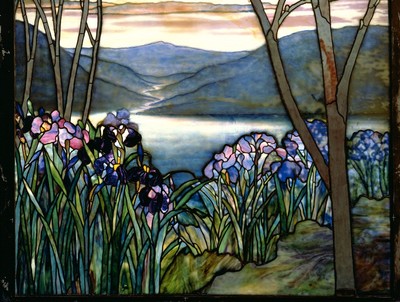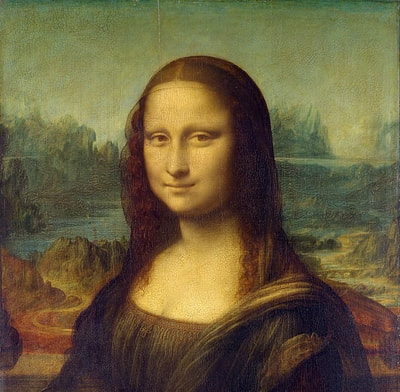In the good ol’ USA, there is some confusion over what is Art vs. what is Craft. To most Americans, and maybe elsewhere in the world, “craft” implies hobbies that people pursue in their home or with friends, and even sold at “craft fairs” or online. What are these crafts? They are items with essential oils, making jewelry (at the kitchen table), knitting/crocheting scarves, sewing small baby items, small wood toys, and more.
But really, what is CRAFT.
The definition of CRAFT is an item made by a CRAFTSMAN. In a historical sense, particularly the Middle Ages and earlier, the term is usually applied to people occupied in small-scale production of goods, or their maintenance. On the very functional side we had carpenters, black/copper/tin smiths, carpenters, weavers and more. On the high end there were goldsmith (jewelry), silversmiths (functional tableware and more), glass blowers, tailors, wood workers and furniture makers. To become a master in your craft one had to progress through an apprenticeship program from apprentice to journeyman and finally master. This is where the term masterpiece come from, it was the piece you made which was submitted your guild or trade group would evaluate and deem that you had completed your training.
So then, what is Art?
Art has traditionally been described as – (read that as non-functional)
Noun: the expression or application of human creative skill and imagination, typically in a visual form such as painting or sculpture, producing works to be appreciated primarily for their beauty or emotional power. Along with the various branches of creative activity, such as painting, music, literature, and dance.
In other words, something that evoke emotion and comes from emotion. Yet, most discussions do not discuss training and honing of the “craft”
Let’s take Opera and Painters as examples:
In Opera a singer is trained: learning not only to sing but to act, learn Italian, German, French and the other languages that Opera is sung in, etc. As they gain skill they can progress through the chorus until they are the Prima Donna; the lead singer.
For a painter in the medieval or renaissance period, they too went through an apprenticeship that taught them to draw, mix paints, build canvases, transfer the sketch to canvas. Eventually the apprentice is making sketches to assist with a large commission, even painting in the background and eventually getting commissions of their own; which is why many of those pieces of art are called masterpieces
Is it art or is it craft?
In this day and age the line between art and craft has greatly blurred. Many times, the artist is told to hone their craft (Note: The term hone comes out of bladesmithing which is traditionally a craft) thus they are a craftsman but what they produce is art. If you go into many art museums these days you will see works made by a master craftsman. Thus, a craftsman can also produce art!
This article from the Tate Museum in the UK and this article from the New York Times address these thoughts of how the lines between the two are blurring and this post.
Are you an artist, a craftsman or a crafter?



 RSS Feed
RSS Feed
